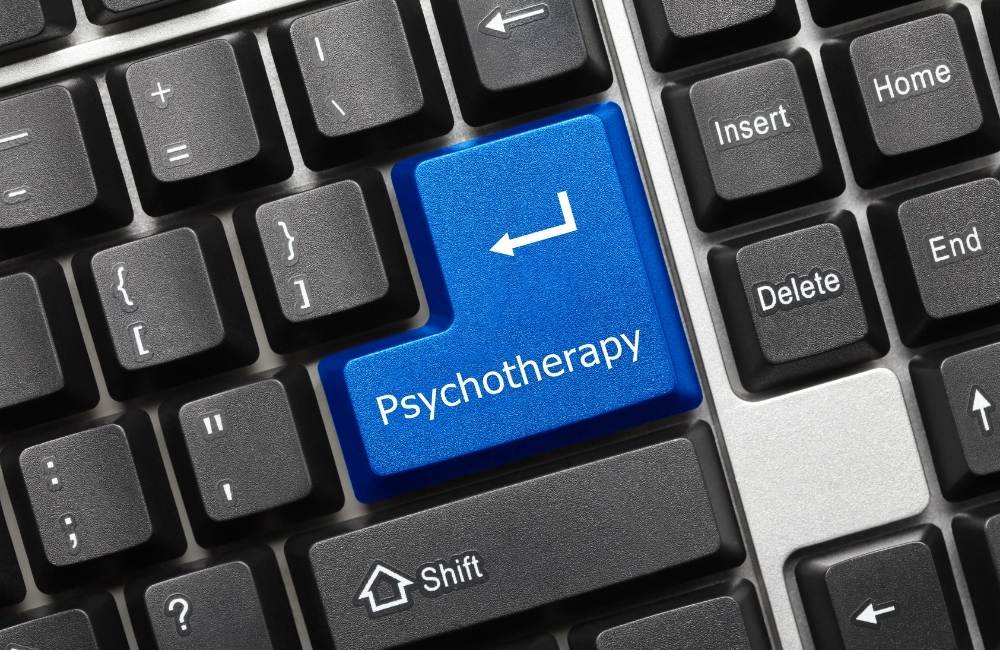Many different kinds of therapy techniques can be prescribed to clients and one can choose for themselves according to what kind of therapy they need.
One has to understand and acknowledge the issues they are looking to tackle. The results entirely depend on the procedure and methods that a therapist thinks is best for their clients.

Finding the right procedure for yourself is crucial for it being of some help to a person. Some techniques are targeted towards specific problems and might not work at all for other issues and make things worse.
In this article, we will talk about five therapy techniques for depression you can choose from.
Table of Contents
Psychodynamic theory
Therapy techniques for anxiety, depression and other mental illnesses are developed from psychoanalysis. Psychoanalysis is a procedure in which one’s behaviors, habits, and trauma are traced back to their childhood to understand where they stem from and find better ways to deal with it.
In this approach, one can also expect to understand the connection between their unconscious mind and actions. While some techniques can be for the short term, this can go on for years and years.
Behavioral therapy
Behavioral therapy is a kind of mental health therapy technique that is focused more, as the name suggests, on the behavior itself rather than the reasons for the behavior.
In this procedure, one doesn’t take a lot or spend a lot of time figuring out why their responses are. Instead, the technique is more focused on the ways that behavior can be changed from what it is right now.
Cognitive-behavioral therapy
This technique is a short-term one in which one, with the guidance of their therapist, tries to change negative thought patterns. It combines the use of cognitive and behavioral therapy altogether.
In cognitive-behavioral therapy, the core belief is that one’s thoughts lead to the difficulties they face regarding their mental health, so changing the thought patterns helps reduce the symptoms. This is a psychological therapy technique for depression and anxiety.
Humanistic therapy
This technique of therapy is the one that sees individuals as the best and the only person who can solve their problems and no one else. That is why, in this approach, your therapist will offer support and guidance when needed. Still, they will not unspool and interpret your thoughts and behaviors for you so that you can, through conversation with the therapist, figure it out for yourself.
Acceptance and commitment therapy
As the name suggests, this approach makes the client focus on accepting their emotions and behaviors rather than fighting or suppressing them. It is an effective technique as it also involves getting the client get used to employing mindfulness practices.
Over to you
It is a therapeutic technique useful in depression and anxiety disorders, OCD, substance abuse, addiction, and many others.
These are all some of the kinds of approaches and techniques in therapy that one has the choice of employing to suit their needs. Do tell us which therapy strategies worked for you.
Choosing the right therapy for your issues and how you want the therapy itself to be is crucial so that you can get the most out of it.
Also, It is important to understand that just going to therapy cannot be expected to magically solve all of a person’s problems as there are a lot of things that contribute to one’s mental state and yet deciding to get therapy is a crucial start and a step that one needs to take to get better. If you would like to read more about psychological therapy techniques in detail, here’s a good read.